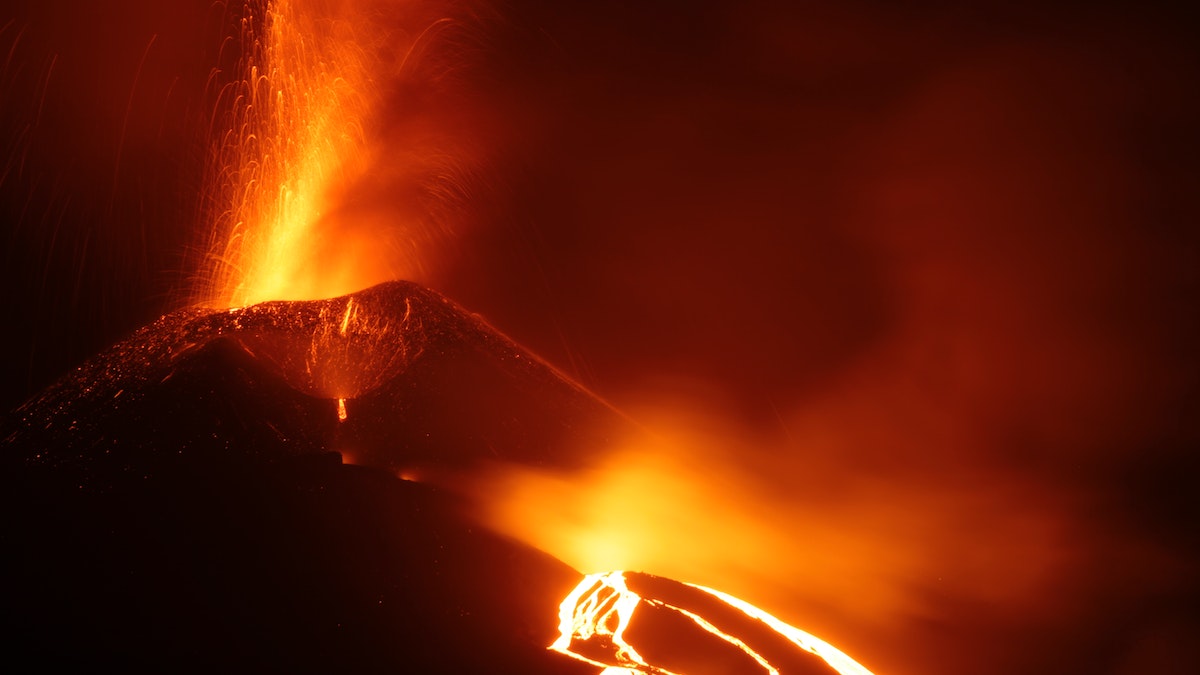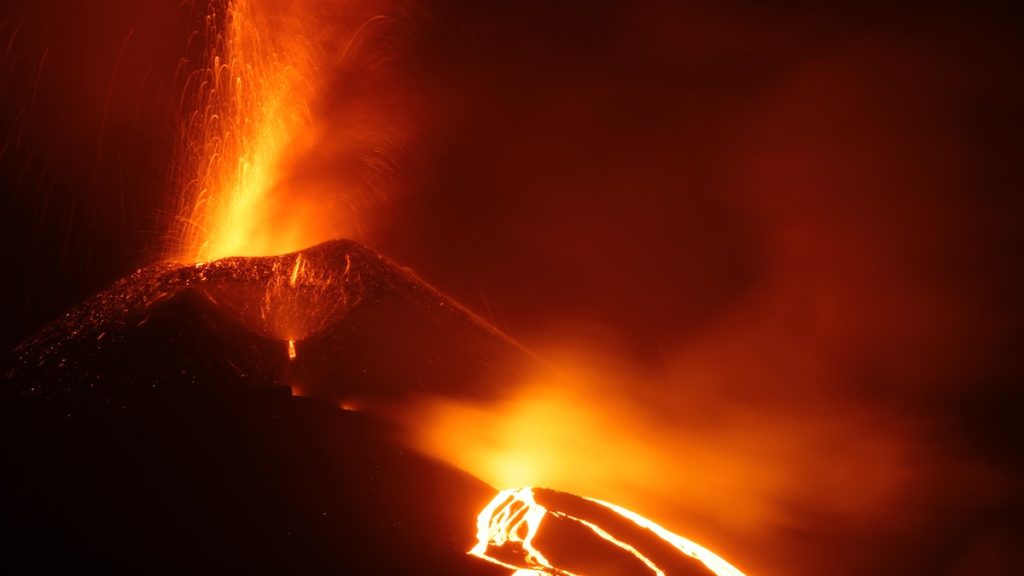
1,800 years ago, a massive explosion in New Zealand hurled glass onto Antarctica

A recent study has revealed how fragments of volcanic glass found in Antarctica could solve a mystery that has intrigued scientists for decades. These fragments provide important clues about the history of one of the largest volcanic eruptions of the past 5,000 years, Taupo Volcano in New Zealand. The importance of this discovery goes beyond borders and raises questions about the strength and geographic extent of volcanic influences.
Taupo volcano dating puzzle
The eruption of Taupo volcano, located in New Zealand, has long been a mystery to geologists and volcanologists. The exact date of this natural disaster has been the subject of ongoing debate in the scientific community. While radiocarbon dating of trees destroyed by the eruption indicated the year 232 ADSome experts have questioned this conclusion. They estimated that an explosion could even have occurred Two centuries laterPointing out the possibility of contamination of samples.
A recent study published in the journal Scientific reports I presented elements that could potentially resolve this debate. Researchers took ice samples from West Antarctica and discovered seven volcanic glass fragments at a depth of 279 metres.
Stephen Biffaa PhD candidate in the School of Geography, Environmental and Earth Sciences at Victoria University of Wellington, New Zealand and lead author of the study, He confirms this These fragments “I strongly support an eruption date of late summer or early fall of 232 AD.”.
Chemical fingerprint: double certification
Chemical analysis of the fragments has allowed significant progress in understanding this historic explosion. Six of the seven fragments have been linked directly to the Taupo eruption, while the seventh has been attributed to an older eruption of the same volcano, Oranui, which occurred about 25,500 years ago.
The researchers also found that these fragments were found at similar depths in ice cores. This suggests that debris from the Oranui eruption remained buried near the volcano for thousands of years, before being thrown into the air during the Taupo eruption. This discovery provides a “Unique double fingerprint”According to the terms of the study, which confirms that the fragments do indeed come from the Taupo eruption.
Geographic reach and destructive power
One of the most surprising aspects of this study is the enormous distance over which the eruption fragments were found. Strong winds carried them to West Antarctica, about 5,000 kilometers from their starting point. This astonishing dispersion attests to the enormous power of the eruption, which would have lasted between a few days and a few weeks.
The explosion was so powerful that it destroyed an area of 20,000 square kilometers. This discovery raises new questions. Researchers wonder why it is so difficult to discover such important evidence of this massive explosion in ice cores taken from Antarctica. The relics should have been easier to find, given the scale of the event.
The discovery of volcanic glass fragments in Antarctica marks a turning point in understanding the Taupo volcano eruption. It provides answers to long-standing questions about the history of this eruption and also highlights the significant impact such events can have on a much larger geographic scale than previously thought.

“Reader. Travel maven. Student. Passionate tv junkie. Internet ninja. Twitter advocate. Web nerd. Bacon buff.”
